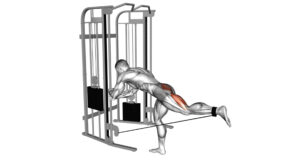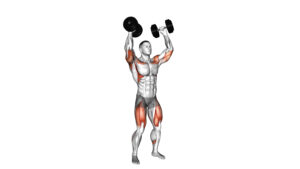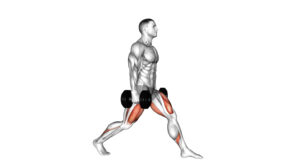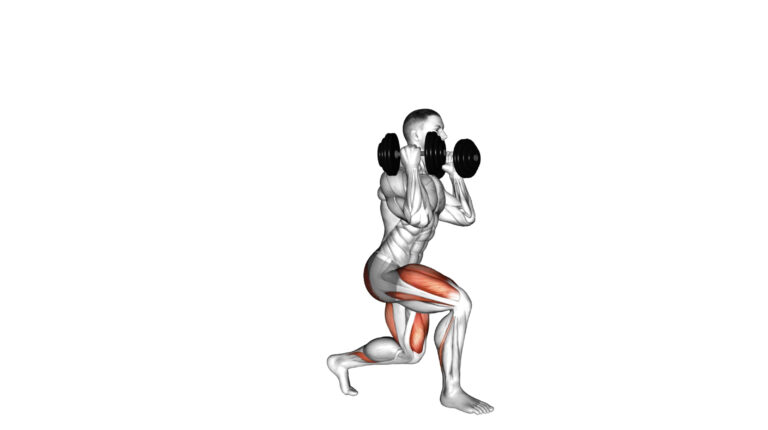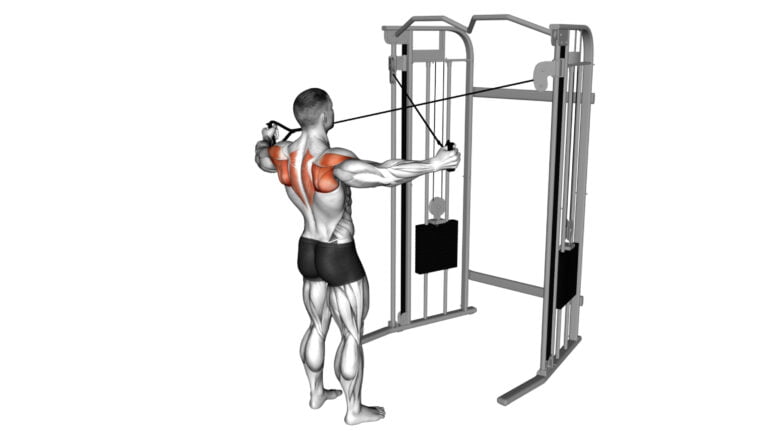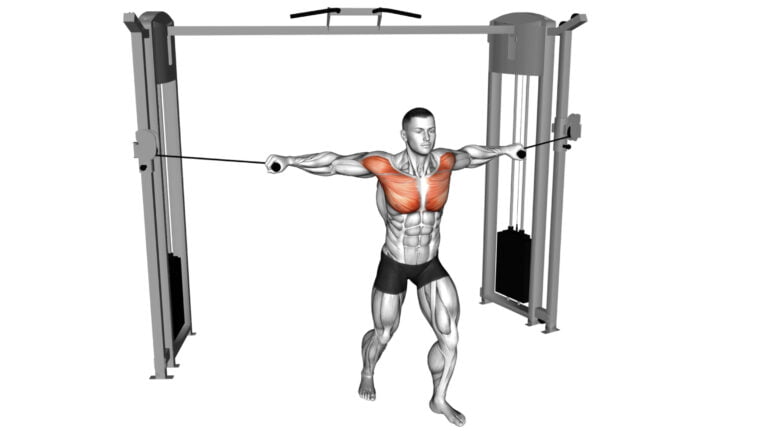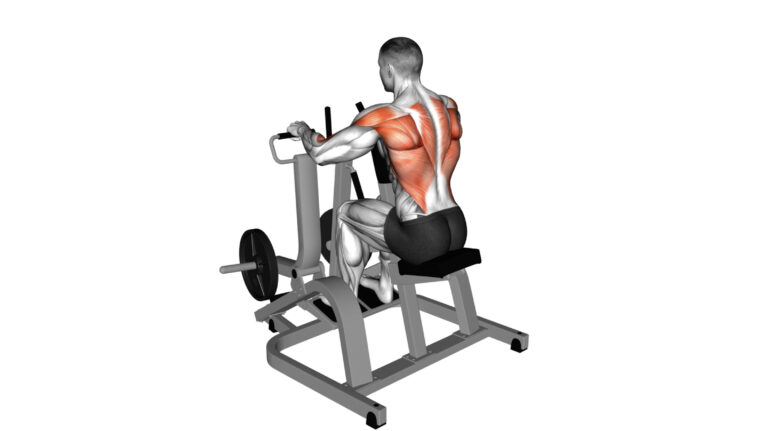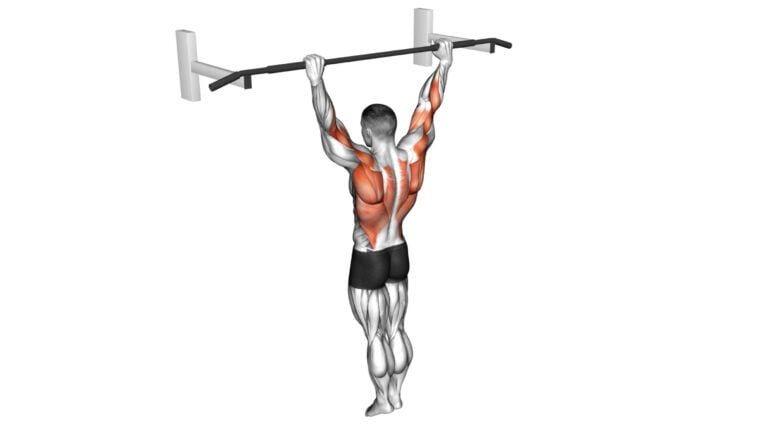Top Leg Press Alternatives: Exercises Similar To Leg Press
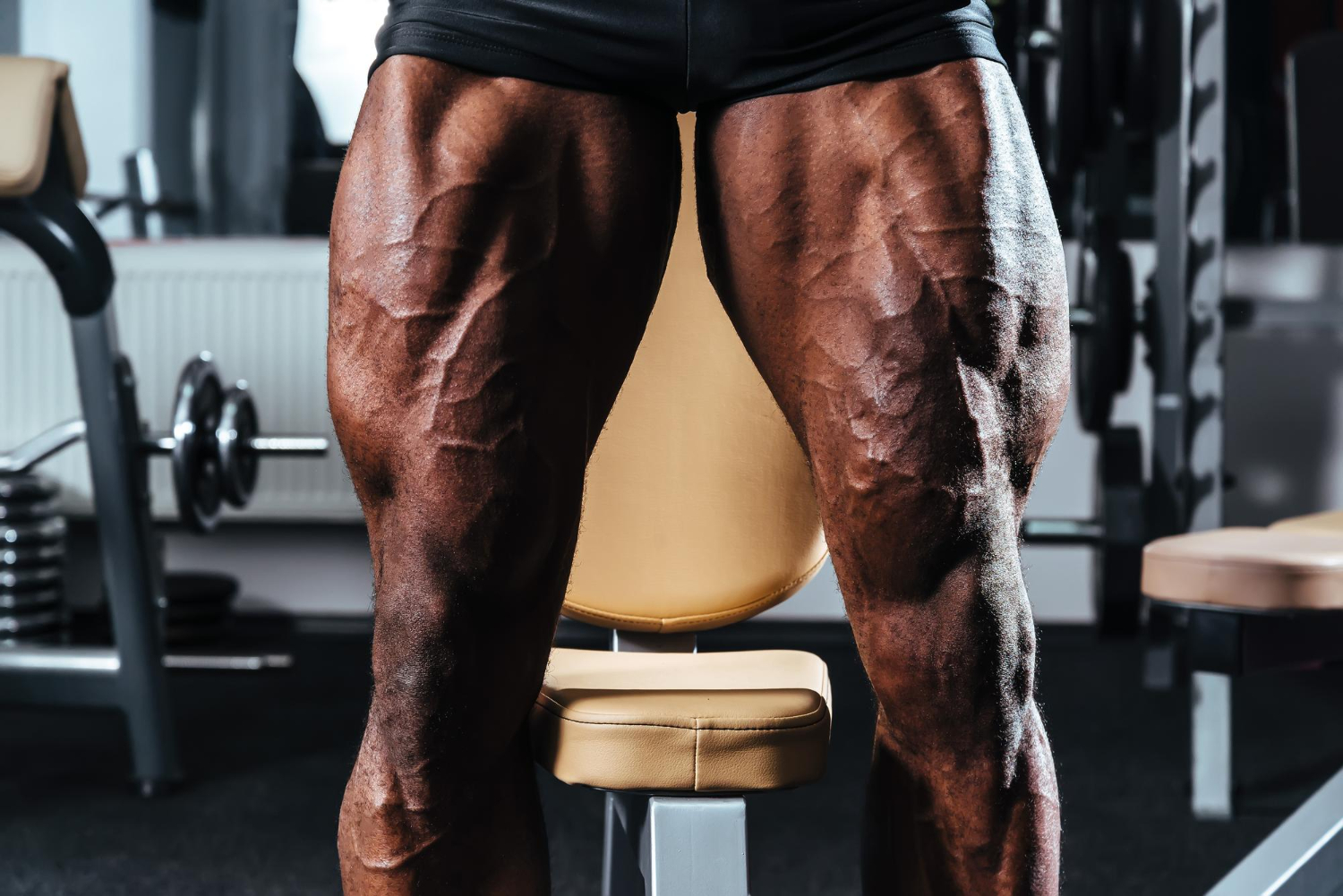
Finding the right leg press alternative can be a game changer for bodybuilders. Many people think that without access to a leg press machine, building powerful lower-body muscles is difficult.
Yet, this isn’t true. There are plenty of exercises similar to leg presses that can strengthen your lower body just as effectively, if not more so. Our guide will introduce you to the best alternatives and how they can fit into your routine for significant strength gains.
I’m Serg Bayracny, bringing over a decade of experience in fitness coaching and sports nutrition into play. With my background as a certified personal trainer and contributions to fitness literature, I understand the importance of optimizing workouts for peak performance.
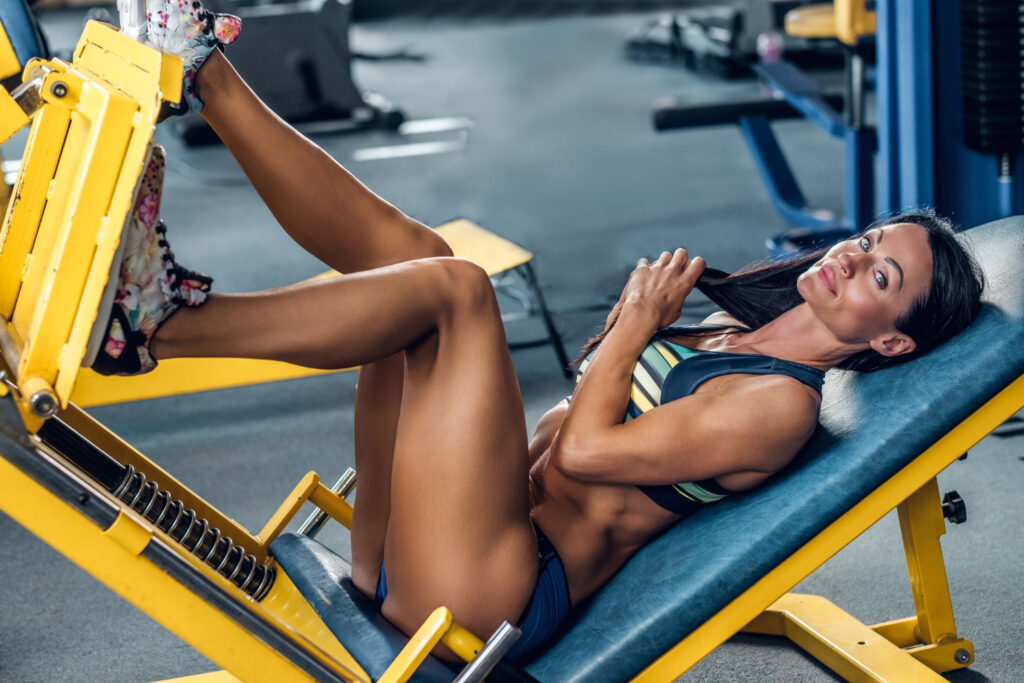
This article leverages that expertise to elevate your leg day with effective alternatives to traditional machine-based exercises—let’s unlock these great options together!
Key Takeaways
- Squats, like goblet, front, and back squats, are great alternatives to the leg press machine. They work on the same muscles but add variety.
- Bulgarian split squats and resistance band leg presses can be done at home. They strengthen your legs without needing gym equipment.
- Hack squats focus on quads and glutes while traditional leg presses work more on hamstrings and lower back. Each offers different benefits for muscle building.
- Smith Machine squats guide your form making it safer for beginners compared to free weights which also improve balance and engage more muscles
- Bridge exercises target lower back, glutes, and hamstrings. Adding variations like weights or using a stability ball can increase their intensity.
Exploring Leg Press Alternatives
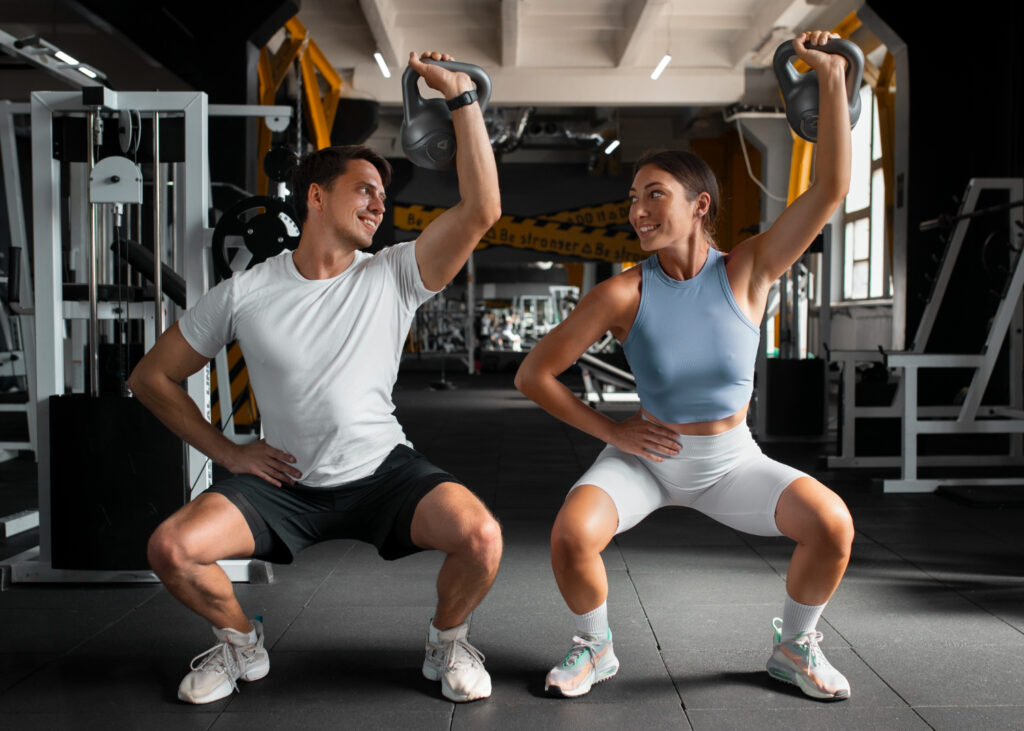
Looking for new ways to work your leg muscles? Exercises similar to leg press can mix things up and keep your workouts exciting.
Advantages of Diverse Leg Exercises
Using different leg exercises builds strength in ways a single workout can’t. For instance, squats, split squats, and resistance band leg press target various muscles. This mix helps bodybuilders get stronger overall.
It’s not just about the legs but also supporting muscles like the glutes and lower back.
I’ve tried several alternatives to the leg press myself. Each one added something new to my routine. Squat variations pushed my quads and glutes. Bulgarian split squat made my balance better.
The resistance band helped me keep working out even when I couldn’t go to the gym. So, changing up your workouts means no muscle gets left behind.
Using Squats as a Leg Press Substitute
Using squats instead of the leg press is a smart move for building strong legs. With options like goblet, front, and back squats, you get to work the same muscles as the leg press machine. This way offers lots of exercises similar to the leg press but adds variety to your workouts. Try these squat types and see how they can change up your routine for better results.
Explore Goblet, Front, and Back Squat Variations
Squats are a great leg press alternative that targets major muscle groups in the legs. These variations—goblet, front, and back squats—offer unique benefits and add diversity to your leg workout.
Goblet Squat:
- Hold a kettlebell close to your chest with both hands.
- Stand with feet a bit wider than hip-width.
- Lower your body into a squat, keeping your back straight and chest up.
- Push through your heels to return to the starting position.
- This squat type is excellent for beginners. It helps build strength in the lower body and improves balance.
Front Squat:
- You need a barbell for this one.
- Rest the barbell just above your shoulders, against your throat.
- Keep your elbows high to prevent the weight from rolling.
- Similar to goblet squats, lower down into a squat position.
- Make sure to keep your knees from going past your toes.
- Front squats focus more on quadriceps and upper back, making it an effective leg press alternative for overall leg development.
Back Squat:
- Place a barbell on your shoulders, just below the neck.
- Your feet should be shoulder-width apart or slightly wider.
- Lower yourself into a deep squat, keeping the weight on the heel of your foot.
- Drive back up to standing position through your heels.
Hitting different parts of the legs than front squats, back squats mainly target hamstring and glute muscles along with building lower back strength.
Each variation of these effective exercises challenges different muscle groups in the legs and helps improve balance and mobility. By integrating them into my routines over ten years of coaching, I’ve seen significant improvements in overall leg strength and muscle growth among my clients who are looking for alternatives like squats instead of relying solely on machines like leg press machines or hack squat machines. Experimenting with these can make your training routine more dynamic and yield impressive results.
Benefits of Bulgarian Split Squats
Bulgarian Split Squats boost strength in each leg. They make your balance better too, just like leg press exercises do.
Mastering Technique for Optimal Results
Mastering the technique is key to getting the best results. It helps you target your leg muscles without risking injury.
- Stand with your feet hip-width apart. This stance sets a strong base for Bulgarian split squats.
- Place one foot behind you on a bench or chair. Make sure it’s stable to avoid slipping.
- Lower your body until your front thigh is almost parallel to the floor. Your knee should not go over your toes.
- Keep your chest up and look straight ahead. This keeps your spine in a good position.
- Push through the heel of your front foot to stand back up. This targets the right leg muscles and boosts strength training.
- Swap legs and repeat the process. Doing one leg at a time ensures both sides get worked equally.
- Add weights like dumbbells once comfortable with the form. Holding them by your sides can increase resistance, making it a great leg workout.
Next, consider adding resistance band leg press to work out at home efficiently.
Perform Resistance Band Leg Press at Home
You can do leg press at home with a resistance band. This exercise is similar to leg press and works great for your legs.
Step-by-Step Guide to Proper Execution
Performing resistance band leg presses at home is a fantastic leg press alternative. This exercise strengthens your leg muscles without needing a leg press machine. Here’s how you do it right:
- Choose a resistance band that fits your strength level.
- Sit on the floor with your back against a firm base, like a wall or heavy furniture.
- Bend your knees and place the center of the band over the soles of your shoes.
- Hold each end of the band in your hands, keeping your palms facing each other.
- Push your feet forward until your legs are almost straight, stretching the band as you go.
- Slowly return to the starting position by bending your knees again.
- Keep your back flat against the wall throughout this motion to avoid strain.
- Focus on pushing through with your heels to engage more muscle areas.
I’ve done this exercise in my home gym setup when I can’t get to the regular gym equipment. It’s not just about pushing forward; it’s about controlling the motion both ways to work all parts of your legs, from ankles to calves and up through those big thigh muscles.
Using this method lets you tweak things easily too. For instance, changing bands or adjusting how far you sit from your support changes how hard your muscles work. Plus, it’s an excellent way for bodybuilders to add variety to their training or adapt when equipment is limited.
Doing leg presses this way shows there’s always room to grow stronger and smarter, no matter where you are or what you’ve got on hand. It’s proof that good alternatives can match traditional tools in building muscle and enhancing technique across different types of top leg press alternatives—all from the comfort of home.
Comparing Hack Squats and Traditional Leg Press
Looking at hack squats and the usual leg press tells us a lot. Both muscle-building moves are great, but they work a bit differently. Hack squats have you standing, aiming at your thighs and backside muscles in a new way.
The standard leg press lets you sit and push weights away, focusing more on your lower body in a comfy seat. For those eager to find exercises similar to leg press that spice up their routine, this comparison shines light on some cool options worth trying out.
Key Differences and Similarities
Hack squats and traditional leg presses are both excellent for building muscles in your legs. But, they hit different areas. Hack squats focus more on the quads and glutes because of the way you stand.
On a machine, you lean back slightly which puts more stress on the front of your legs. Traditional leg presses let you sit down and push away from yourself. This position works your hamstrings and lower back along with your quads.
I’ve tried both in my routines. Hack squats make me feel stronger in my stance for other lifts, like deadlifts. Leg presses seem easier on my knees and help me control weight better when I squat with free weights or do bodyweight exercises.
Both machines offer benefits but knowing how they differ helps plan workouts better.
Next up, why Smith Machine Squats could be a game-changer for you…
Why Choose Smith Machine Squats?
Smith Machine squats are a solid pick if you’re scouting for exercises similar to leg press. They guide your form and build strength safely, blending well with free weights.
Comparing with Free Weights
Choosing between Smith machine squats and free weight exercises can feel like a tough call. Here’s a straightforward breakdown to help you decide what’s best for your workout.
| Feature | Smith Machine Squats | Free Weights |
|---|---|---|
| Stability | High – the machine guides your movement | Varies – depends on your technique and core strength |
| Difficulty | Lower – easier to focus on form without balancing | Higher – balancing adds complexity |
| Muscle Engagement | Isolated – targets specific muscles | Comprehensive – engages more muscles for balance |
| Flexibility | Restricted – movement path is fixed | Unlimited – allows natural body movements |
| Equipment Needed | Smith machine only | Barbells, dumbbells, racks |
| Space Required | More – machine takes up fixed space | Less – adjustable according to setup |
| Experience Level | Beginner-friendly | Intermediate to advanced |
From personal experience, I’ve found Smith machine squats great for beginners. They help you get the hang of squats without worrying too much about balance. That said, once comfortable, moving to free weights can dramatically improve your workout. Free weights force your body to engage more muscles, including your core, for stability. This can lead to better overall strength and muscle development.
Free weights offer a broader range of motion too. This means your body can move more naturally, which can reduce injury risk. Plus, working with free weights prepares you for real-world activities, making you stronger in ways that matter outside the gym.
Finally, free weights are versatile. You can easily switch from squats to deadlifts or overhead presses without needing different machines. This adaptability makes free weights a powerful tool in your fitness arsenal.
Enhance Your Routine with Bridge Exercises
Bridge moves make your leg and back muscles strong. They’re good exercises similar to leg press but need no machine.
From Basics to Advanced Techniques
Bridge exercises are a solid choice for bodybuilders. They target your lower back, glutes, and hamstrings, making them a perfect alternative to the leg press.
- Master the basic bridge: Start by lying on your back with knees bent and feet flat on the ground. Lift your hips towards the ceiling, then slowly lower them down. This is your starting point.
- Add weight for challenge: Once you’re comfortable with the basic bridge, place a weight plate or barbell across your hips to increase resistance. This step boosts muscle engagement.
- Try single-leg bridges: Lift one leg off the ground while performing the bridge movement. This version works each side of your body harder and improves balance.
- Perform stability ball bridges: Use a stability ball under your feet or shoulders to add an instability element. It makes your muscles work harder to keep you balanced.
- Explore elevated bridges: Place your feet on a bench or box while doing the bridge exercise. This increases the range of motion and targets different muscles in your legs and lower back.
- Incorporate resistance bands: Loop a resistance band around your thighs just above your knees when you do bridges to add extra tension and work those outer glutes more intensely.
- Advanced technique – pause at the top: While performing any variation of bridges, pause for a few seconds when your hips are at their highest point before lowering them back down.
Each of these steps takes you from basic techniques to more advanced ones, expanding both strength and endurance in key muscle groups for bodybuilders seeking leg press alternatives to strengthen their routine without using a leg press machine.
Conclusion
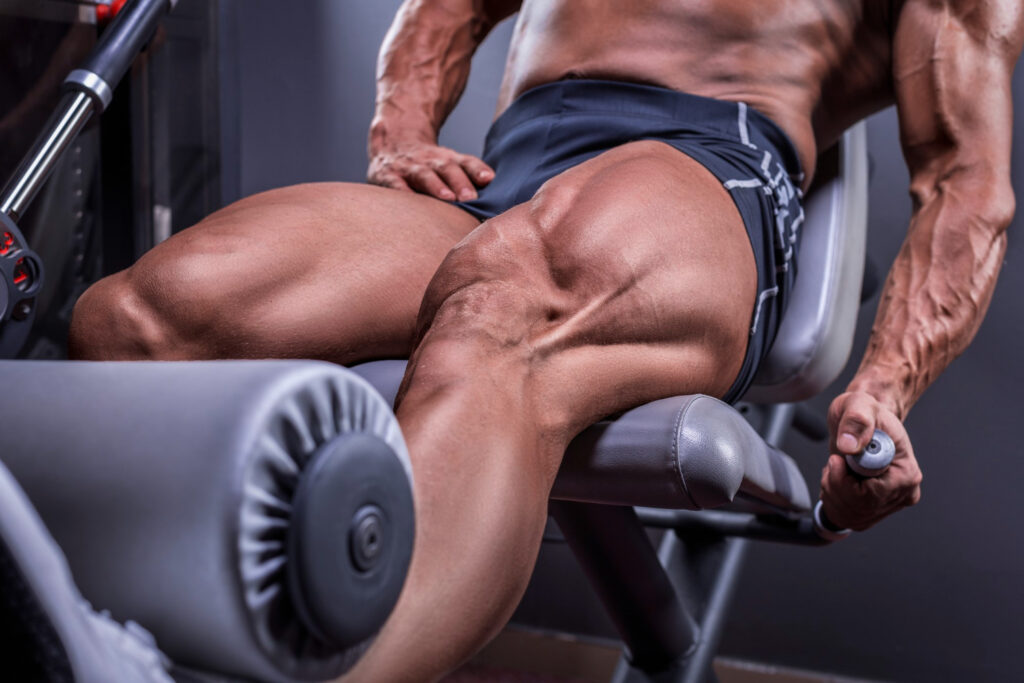
We talked about many exercises similar to leg press. Squats, Bulgarian split squats, and resistance band presses work well at home. Hack squats and Smith machine squats also give your legs a good workout.
We showed how bridge moves can boost your routine. These options are easy to start and really help build strong legs. They shape your muscles just like the leg press machine does but with variety.
Trying these can make your leg days more fun and challenging. You don’t need fancy equipment for a great workout. Use what you have at home or the gym options we discussed.
For anyone wanting to learn more, plenty of guides and videos show you how. They teach proper form so you get the best from each exercise.
Take this advice and put it into action! Your legs will thank you for trying something new. Keep pushing yourself every day, exploring different ways to stay fit and strong.
FAQs
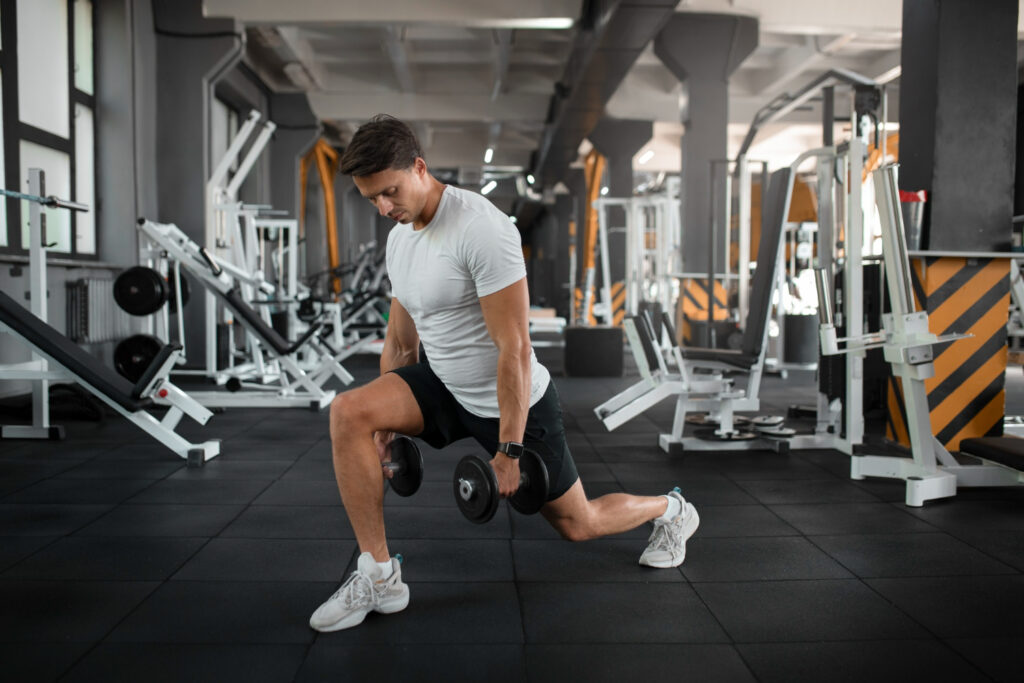
1. What are the best leg press alternatives?
Some of the top alternatives to using a leg press machine include squats, lunges, and step-ups. These exercises work similar muscles as the leg press.
2. Why look for an alternative exercise to the leg press?
You might not have access to a leg press machine or you’re looking for variety in your workout. Alternative exercises can target the same muscle groups in different ways.
3. Can bodyweight exercises be effective alternatives to the leg press?
Yes! Bodyweight movements like squats and lunges are excellent choices that mimic the movement pattern of a leg press without needing equipment.
4. How do these alternative exercises compare with the benefits of using a leg press?
Exercises similar to a leg press, such as squats and lunges, offer comparable benefits by working multiple muscle groups at once but also improve balance and stability.
5. Are there any squat variations that serve as good substitutes for the traditional seated machine-based activity?
Absolutely! Front squats and split squats are great examples that provide many of the same perks while also challenging your core and balance more than sitting down does.
6. Is it possible to get a full-body workout from these alternative methods just like I would on machines designed specifically for lower limbs?
While focused mainly on lower body strength, incorporating movements like deadlifts along with your squat variations can indeed contribute to a comprehensive body workout routine.

Author
Years ago, the spark of my life’s passion ignited in my mind the moment I stepped into the local gym for the first time. The inaugural bead of perspiration, the initial endeavor, the very first surge of endorphins, and a sense of pride that washed over me post-workout marked the beginning of my deep-seated interest in strength sports, fitness, and sports nutrition. This very curiosity blossomed rapidly into a profound fascination, propelling me to earn a Master’s degree in Physical Education from the Academy of Physical Education in Krakow, followed by a Sports Manager diploma from the Jagiellonian University. My journey of growth led me to gain more specialized qualifications, such as being a certified personal trainer with a focus on sports dietetics, a lifeguard, and an instructor for wellness and corrective gymnastics. Theoretical knowledge paired seamlessly with practical experience, reinforcing my belief that the transformation of individuals under my guidance was also a reflection of my personal growth. This belief holds true even today. Each day, I strive to push the boundaries and explore new realms. These realms gently elevate me to greater heights. The unique combination of passion for my field and the continuous quest for growth fuels my drive to break new ground.





